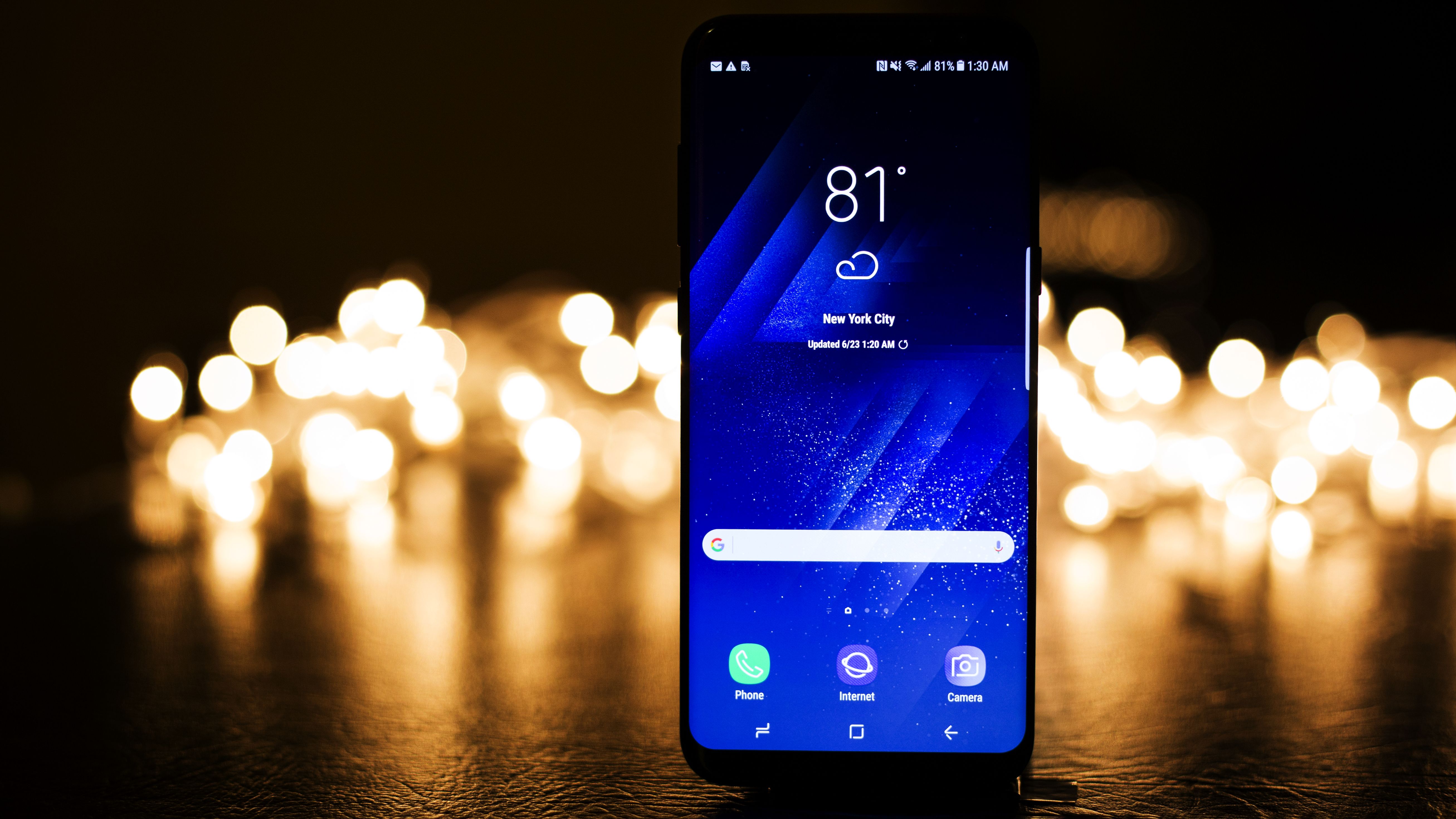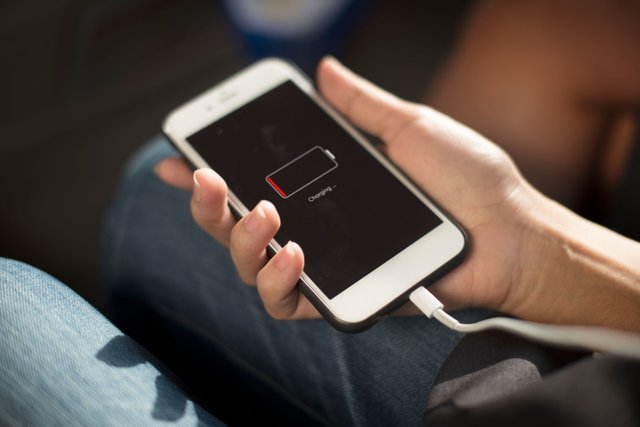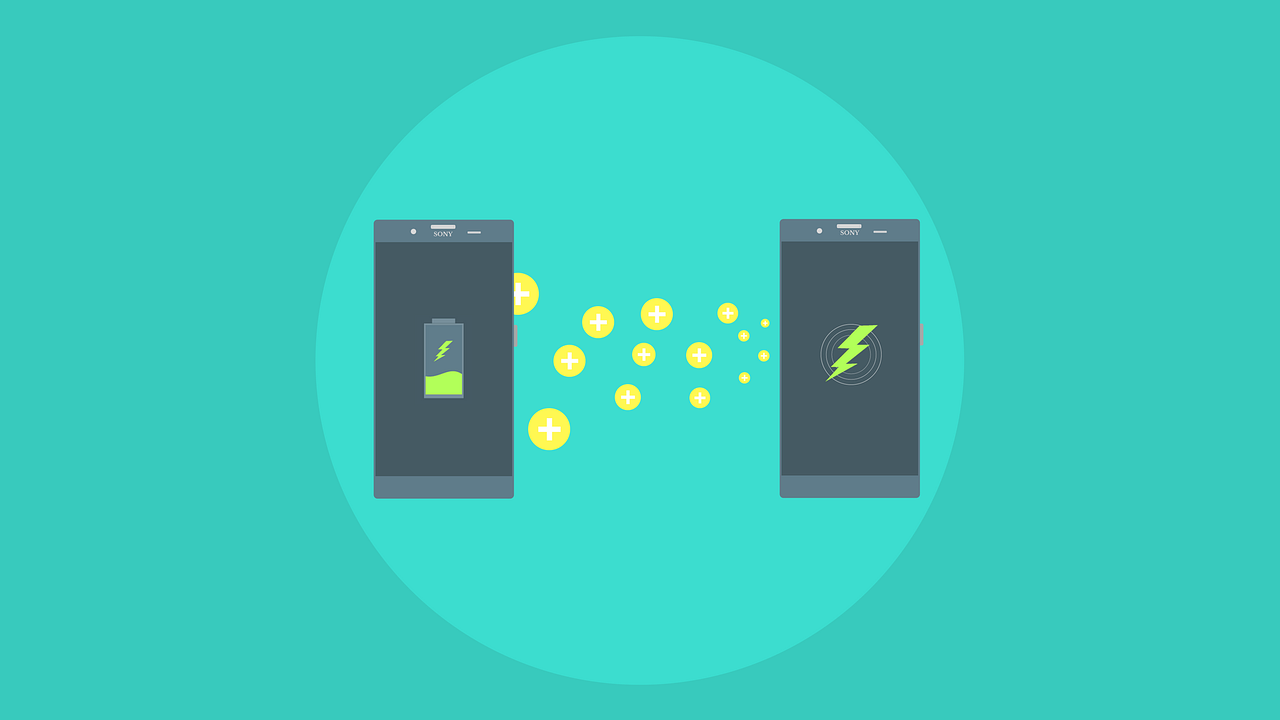Going Wireless
So, as I'm sure we all know, there have been some major changes to phones over the years. One of the biggest ones has been the wireless charging capability that has been added to some recent phone models. That's what I want to talk about today but first;
Charging a Phone
As we all know, change is constant in life and it must happen. We are all used to the chargers we have to connect to the phone by the aid of a cord. I don't think most people wonder how it works, so let's talk about it.
Once we plug in our charger to an electric socket, the first thing it does is to step down the voltage. The next step is called rectification. This involves removing the negative charges in the Alternate Current. This brings about the presence of a partial Direct Current. Since, a complete DC isn't gotten during the rectification process, it is an oscillation output and has a high ripple factor. In a process called filtration, a capacitor is used to obtain the needed DC. Then, a voltage regulator that is present within the charger, makes sure the voltage output is constant and so, your phone charges.
I think the thing most people to don't get is that you can't technically overcharge your phone. Phone chargers and batteries come with controller chip that automatically shut off charges coming into the phone once it's full. Although, there is a trickle charge coming into the charger and the phone keeps alternating between fully charged and very slightly less than that. This could ultimately damage your phone battery and that's why most people tell you to immediately unplug your phone, once it's full.
Conductive Wireless Charging
This is basically the elimination of the wire component between a charger and a phone. It requires the use of a charging board which transmits the conductive power into an inbuilt receiver in the phone. Once the charging pad recognizes the valid receiver, charging begins on the phone.
There is a requirement for contact between the charging surface and the phone though. You can't charge from a distance, so it might be very difficult to make use of the phone while it's charging because it can't be removed from the charging pad. One huge benefit on the other hand is that there is no risk of electrocution, since the surfaces are designed to recognize the difference between human skin and phones.
Personally, I think I will just stick to the normal chargers for now, since I am quite guilty of using my phone while it's charging and that's going to be impossible to do if I go wireless, unless there's a huge improvement in the technology.




Good read. I haven't used wireless charging functionality yet on my phone, simply because it charges a lot faster with the fast-charge cable. I do admit it'd come in handy on a nightstand though.